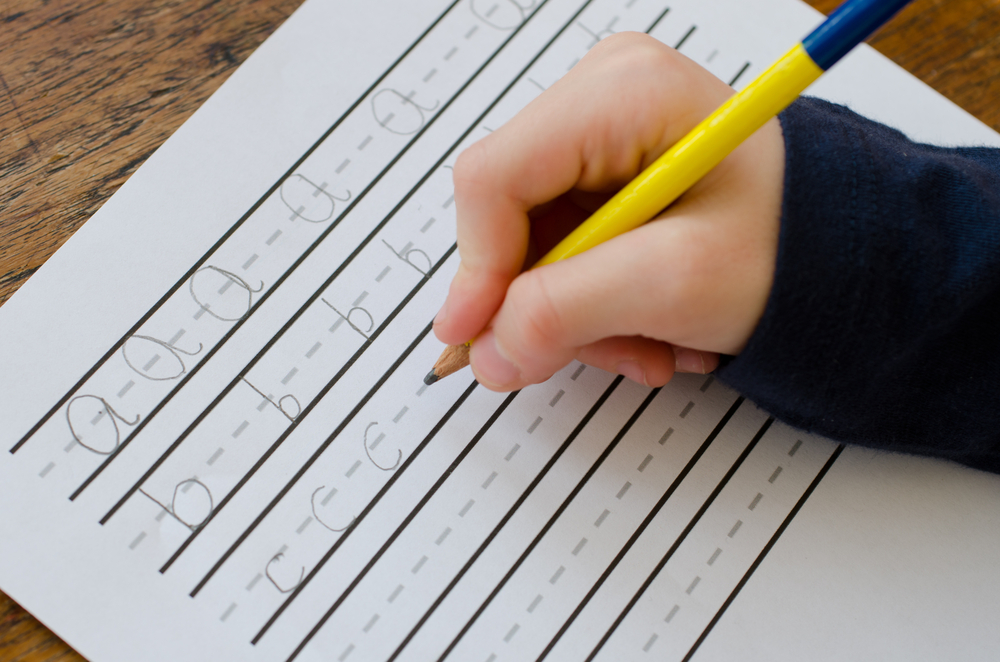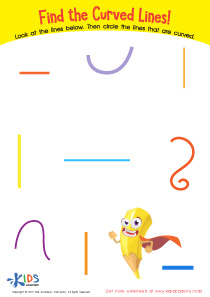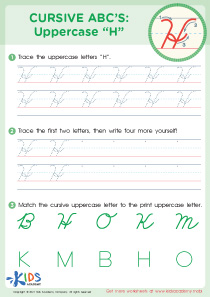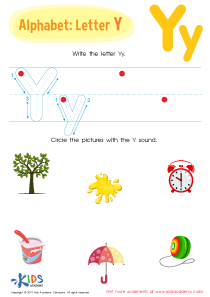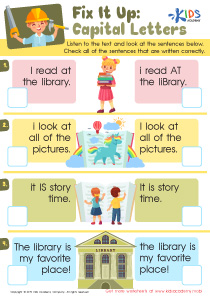Alphabet sequencing Tracing Letters Worksheets for Ages 4-5
3 filtered results
-
From - To
Alphabet Sequencing Tracing Letters Worksheets for Ages 4-5 help young learners develop essential pre-reading skills. These engaging and educational sheets guide children through letter recognition, fine motor skills, and sequencing in a fun and interactive way. By tracing letters, kids gain confidence in their writing abilities while reinforcing their knowledge of the alphabet. Perfect for preschoolers and kindergarteners, these worksheets create a strong foundation for future literacy success. Each page is designed to keep kids captivated while they learn, ensuring a smooth transition from letter recognition to reading. Prepare your child for academic milestones with these effective tools!


Lowercase Letters j k l Worksheet
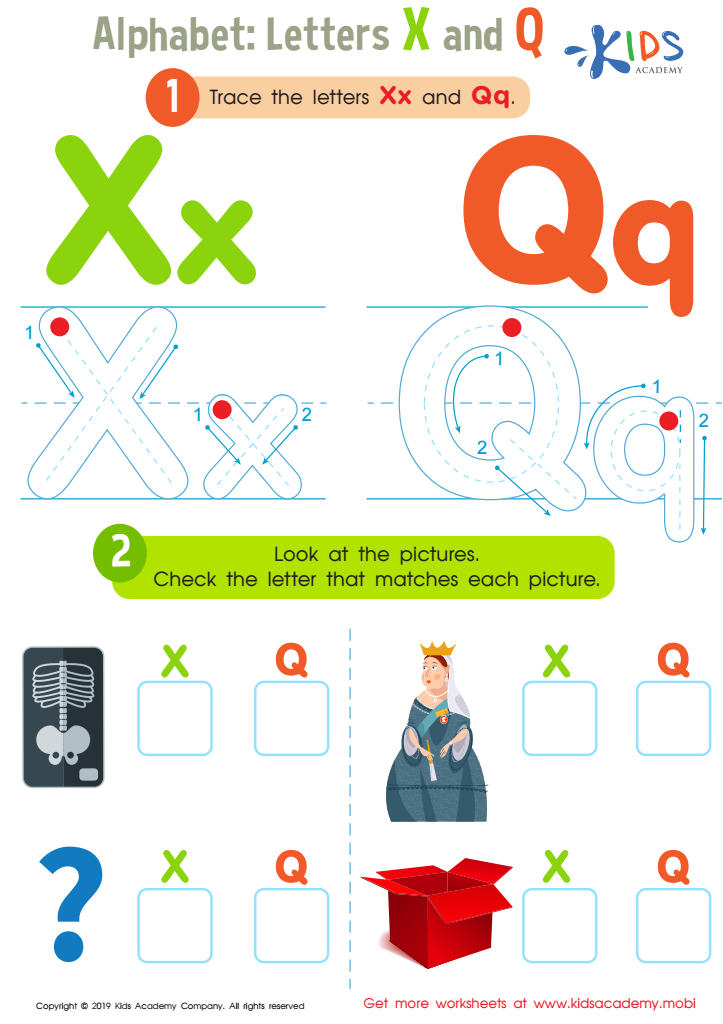

Letters X and Q Tracing Worksheet
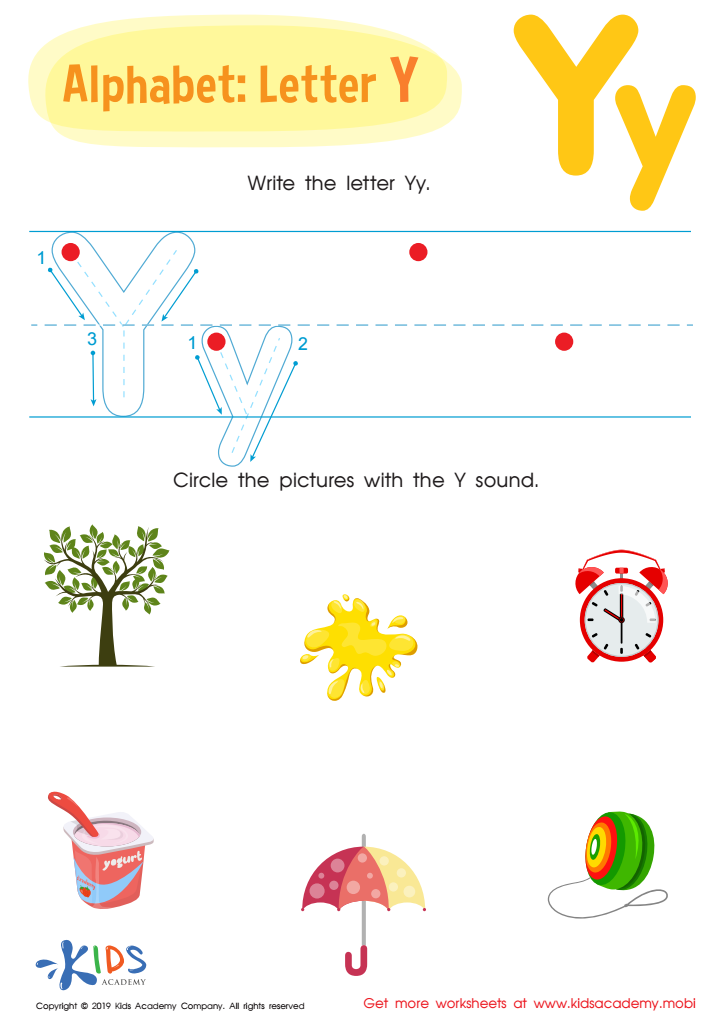

Letter Y Tracing Worksheet
Alphabet sequencing and tracing letters are fundamental aspects of early childhood education, particularly for ages 4-5. During these formative years, children are developing essential pre-writing skills that lay the foundation for later academic success.
Tracing letters not only aids in the recognition of alphabetical shapes and their corresponding sounds but also enhances fine motor skills. Fine motor development is crucial for the intricate task of writing, and consistent practice in tracing helps young learners gain mastery over hand-eye coordination and control.
Moreover, alphabet sequencing enhances cognitive development by helping children understand the logical order of the alphabet. This sequencing skill is critical for other literacy tasks such as spelling, reading, and even for higher-order thinking skills like comprehension and organization.
Parents and teachers should care about these activities because early proficiency in these areas can boost a child’s confidence and enthusiasm for learning. Students who have a solid grasp of the alphabet are more likely to find the transition to reading and writing less challenging, leading to a positive academic trajectory. Therefore, investing time and resources into alphabet sequencing and letter tracing activities can foster an engaging and effective early learning environment that supports overall developmental milestones.
 Assign to My Students
Assign to My Students




